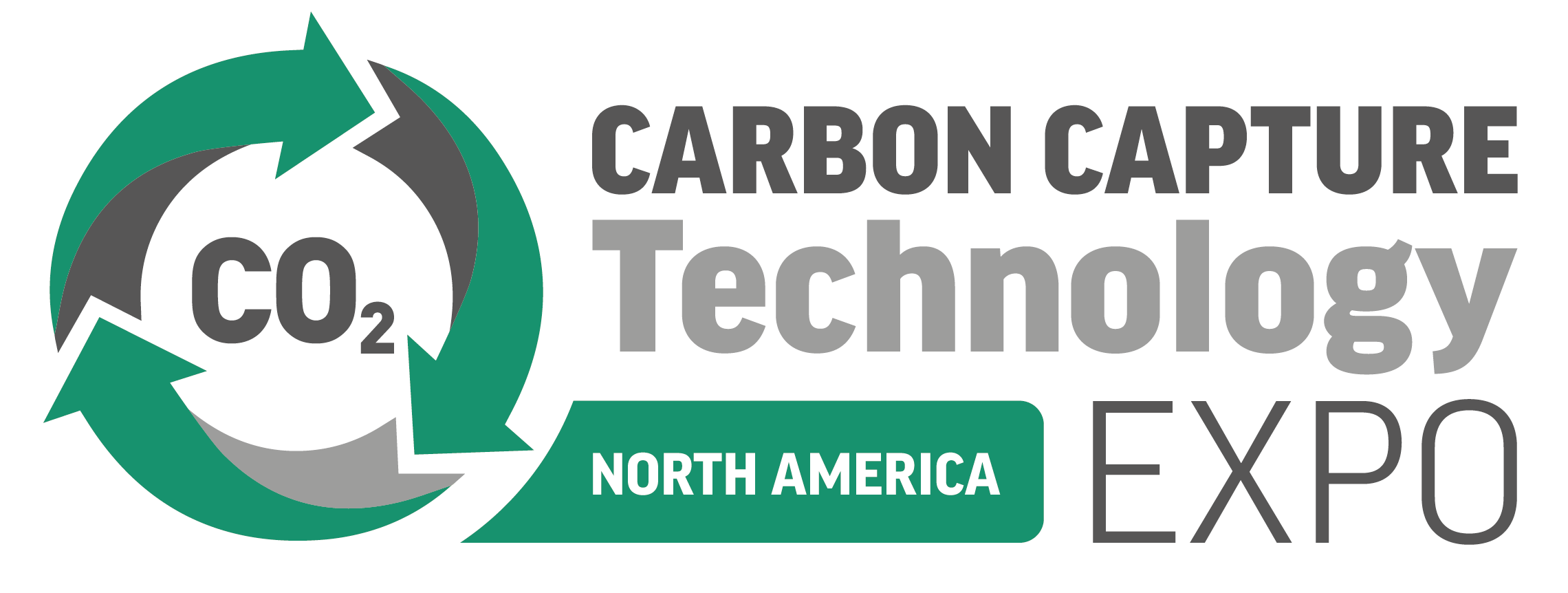Drax, Harbour Energy and BP have created a partnership to find Co2 storage opportunities
)
Harbour Energy is leading the Viking CCS project and the company has recently signed a Memorandum of Understanding (MoU) with Drax Power Group and non-operated partner BP. The purpose of this partnership is to explore and gather information on the potential for carbon storage and transport within the Humber region.
This partnership will start with the collective decision to work on an early pipeline study, which will allow them to explore options and opportunities for connecting Drax Power Station to the Viking gas fields. These gas fields are depleted and are located within the southern North Sea. Finding a way to connect the power station and these fields, to enable the transport of Co2 from the station to the fields where it can be stored, is the overall goal of this project.
The reason for the commencement of this project is the potential the Viking CCS cluster has portrayed as a carbon capture and storage site. Once the site is operational and awaiting the final investment decision, this CCS cluster site, could have the ability to store an estimated ten million tons of UK emissions every year by 2030. The site has also displayed potential that this carbon capture capacity ability could increase up to fifteen million tons of Co2 by 2035.
UK BECCS Programme Director at Drax, Richard Gwilliam, commented, “Viking CCS has a compelling vision for delivering the decarbonisation of the Humber. Their plans could facilitate significant investment into the region, create thousands of new highly skilled green jobs and ensure that the Humber continues to play an important long-term role in supporting the UK’s energy security. We are excited about working with Viking CCS through this new MoU which will explore how BECCS at Drax Power Station could connect to their pipeline. BECCS is currently the only credible large-scale technology that can generate renewable power and deliver carbon removals. When operational, a BECCS unit at Drax Power Station could remove four million tonnes of CO2 each year which is 80% of the UK Government’s ambition of delivering five million tonnes of engineered greenhouse gas removals by 2030. We believe the technology will play a substantial role in combating climate change, reducing the UK’s CO2 emissions and meeting its Net Zero goals.”
Viking CCS Project Director at Harbour Energy, Graeme Davies, added, “The Humber is unique in the UK as the largest emitter of CO2 from existing industry and power generation and Viking CCS has the potential to put the Humber at the heart of the UK’s net zero economy, protecting and creating thousands of jobs, providing billions of pounds of investment across the full capture, transport and storage chain. We look forward to exploring the potential for the Drax BECCS plant to connect to Viking CCS in the future.”



)
)
)
)
)
)
)



)
)
)
)
)
)
)
)
)
)
)
)
)
)

)

)
)
)

)
)
)
)
)
)
)
)
)
)
)

)

)
)
)
)
)
)
)
)
)


)
)
)

)
)
)

)
)
)
)
)

